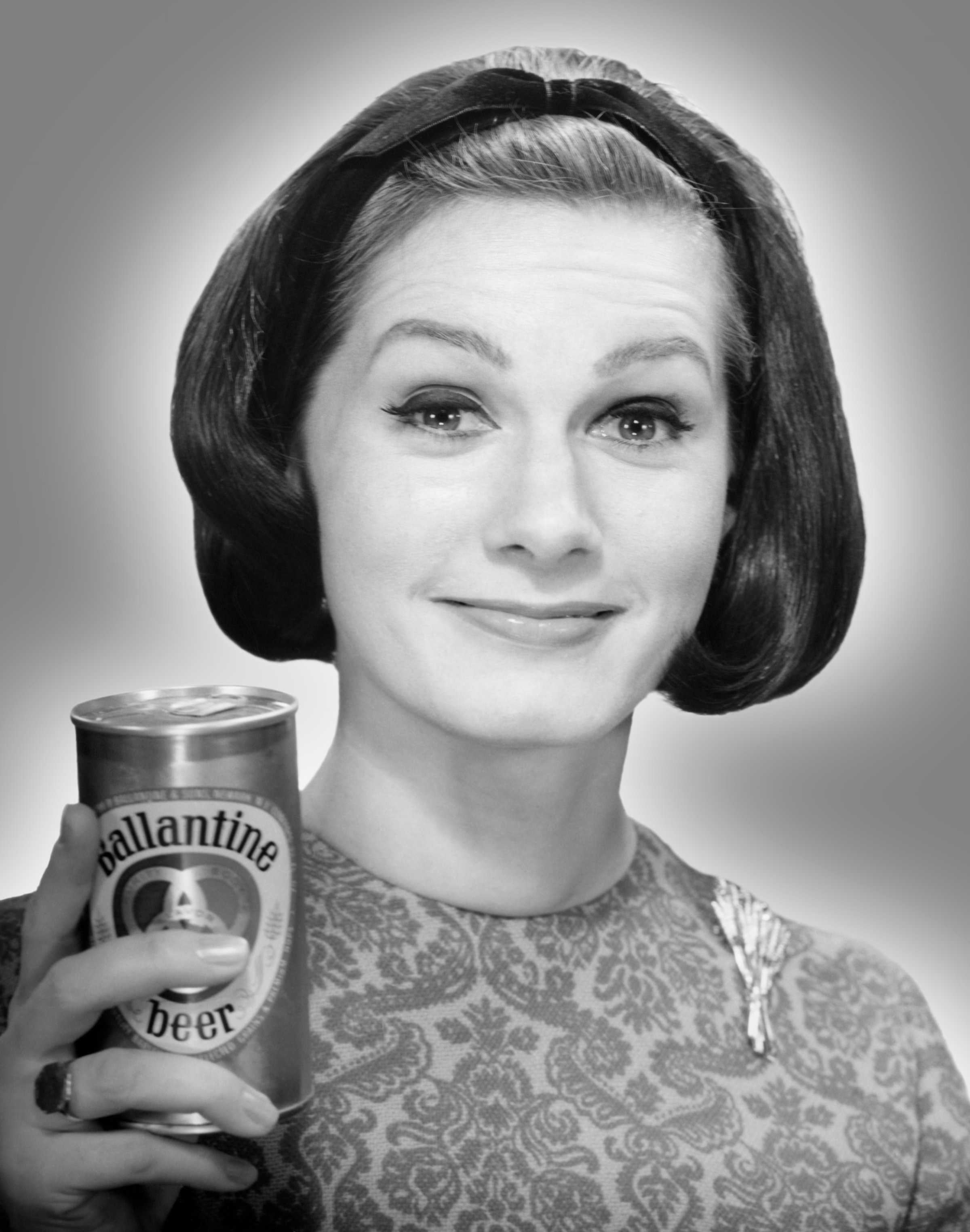
The beer can is a lowly vessel. It is not the stuff of special treats and celebrating milestones; it is the stuff of chugging, drinking games, tailgates and house parties. It is the only contraption that will work in that practice known as shotgunning.
The craft brewery trend has boosted beer to a higher-brow status in recent years, but the best of it seldom comes in cans. Something about the lightweight container, dense with fizz, just doesn’t convey quality the way that bottles and kegs can.
But when canned beer made its debut in the U.S. 80 years ago this weekend, it was stunningly popular.
Brewers were looking to innovate after Prohibition’s end in 1933, and packaging was one aspect ready for a makeover. It’s not that no one had ever thought to put beer in cans before—American Can Co. had been working on it since 1909, but they couldn’t figure out how to temper the carbonation so the cans didn’t explode from the 80 lbs. per sq. in. of pressure. It took about two decades for them to figure out that lining the steel cans with the same lacquer-like material they used to line kegs would keep them intact.
The folks at American Can knew they had a hit on their hands, but they needed to convince brewers to take a risk on the product, so they installed the necessary equipment for free at at the Gottfried Krueger Brewery. Cans of Krueger’s Finest Beer and Krueger’s Cream Ale hit shelves in Richmond, Va. on Jan. 24, 1935—and quickly sold out.
Some new products find success because the consumer likes them better than the old alternative, and some because the producer does. In the case of the beer can, it was both.
On the production end, flat-top cans made it easier to stack and ship a bulky and inexpensive product. On the consumer end, drinkers thought the brew tasted closer to draft beer than bottles, and believed that it was less likely to be “skunked” since light can’t penetrate aluminum the way it can glass. Plus, cans required no deposit and could be discarded rather than returned to the store for a refund. In a focus group of 2,000 loyal Krueger drinkers, beer cans got a 91% approval rating.
Canned beer did so well for one brewing company, Pfeiffer, that later that year it was listed on the New York Stock Exchange. This was good news for management, as TIME reported in Sept. 1935:
Pfeiffer’s president is William George Breitmeyer, nephew of the German brewmaster who founded the company. Shy and laconic at his desk but jovial away from it, Brewer Breitmeyer has a simple explanation for his own success: “I have only one hobby. I collect friends.” An aid in this hobby is his stock of old German drinking songs, inherited from his uncle.
Sadly, the Trinklieder only went so far: Pfeiffer is now defunct. But thanks to a few alterations over the years (lighter aluminum material plus easy-to-open pop tabs) the beer can lives on and prospers—as of 2012, canned beer sales held 53% of market share, compared to bottled beer’s 37%. Convenience, it seems, trumps looks.
We’ll drink to that.
More Must-Reads from TIME
- Cybersecurity Experts Are Sounding the Alarm on DOGE
- Meet the 2025 Women of the Year
- The Harsh Truth About Disability Inclusion
- Why Do More Young Adults Have Cancer?
- Colman Domingo Leads With Radical Love
- How to Get Better at Doing Things Alone
- Michelle Zauner Stares Down the Darkness
Contact us at letters@time.com